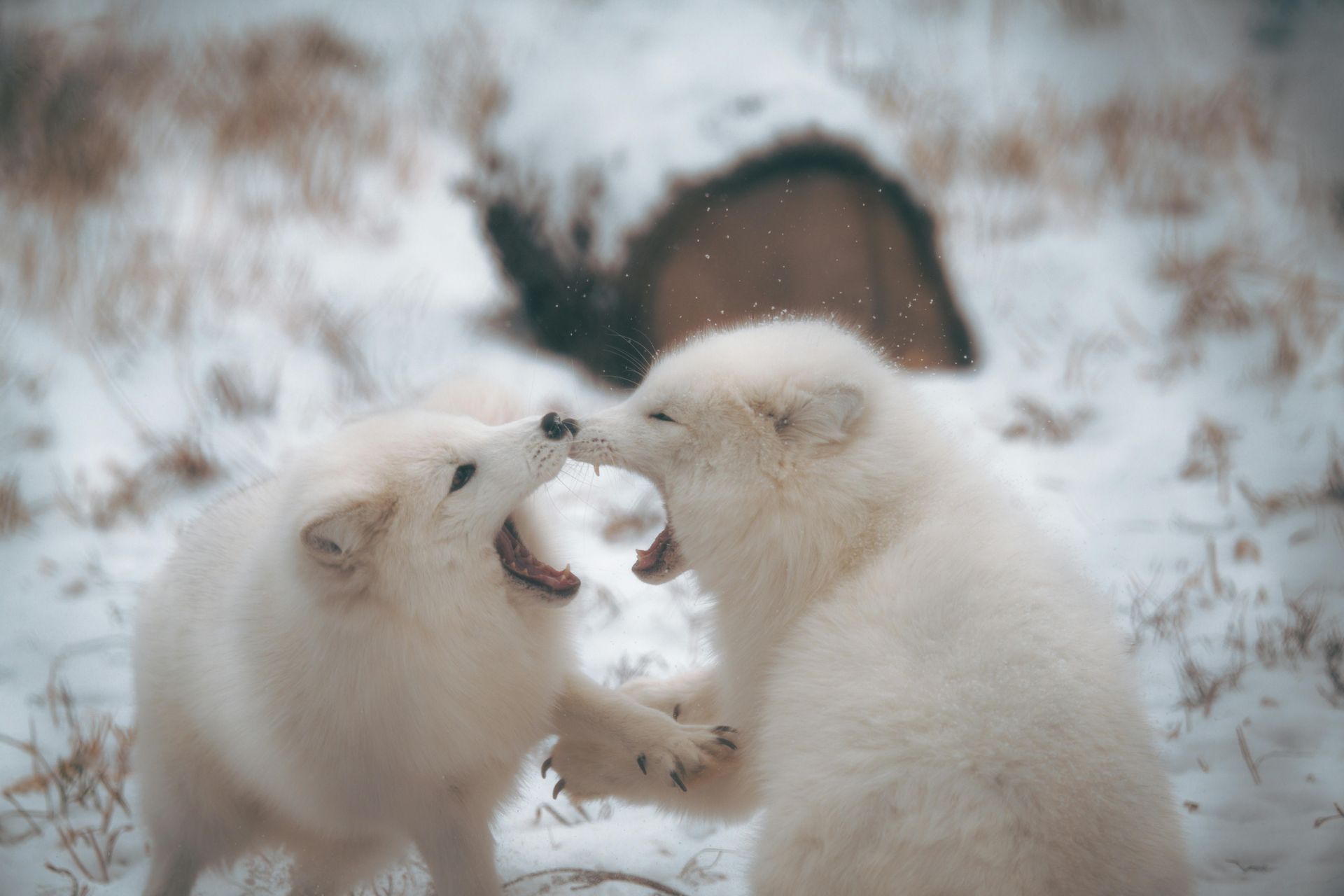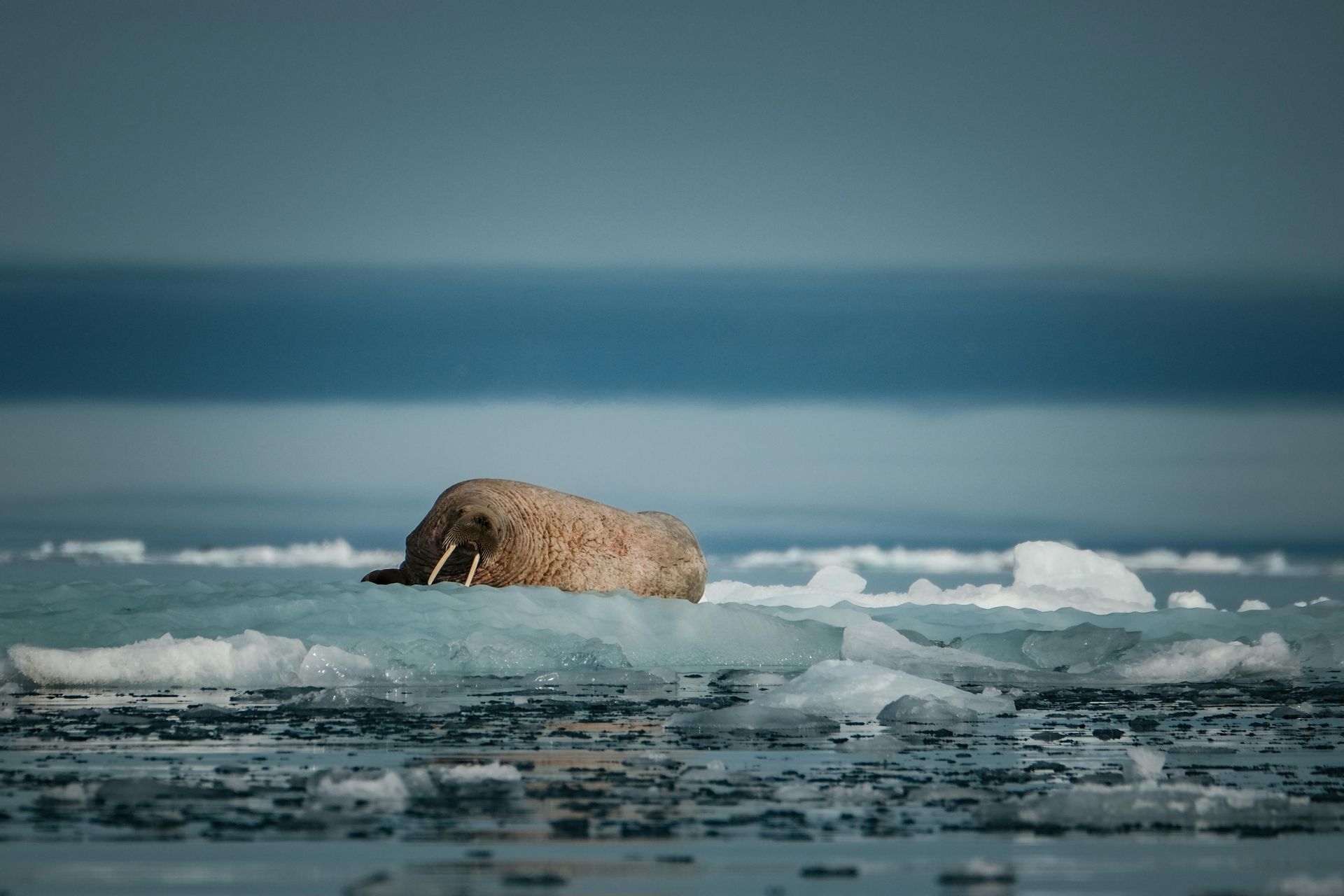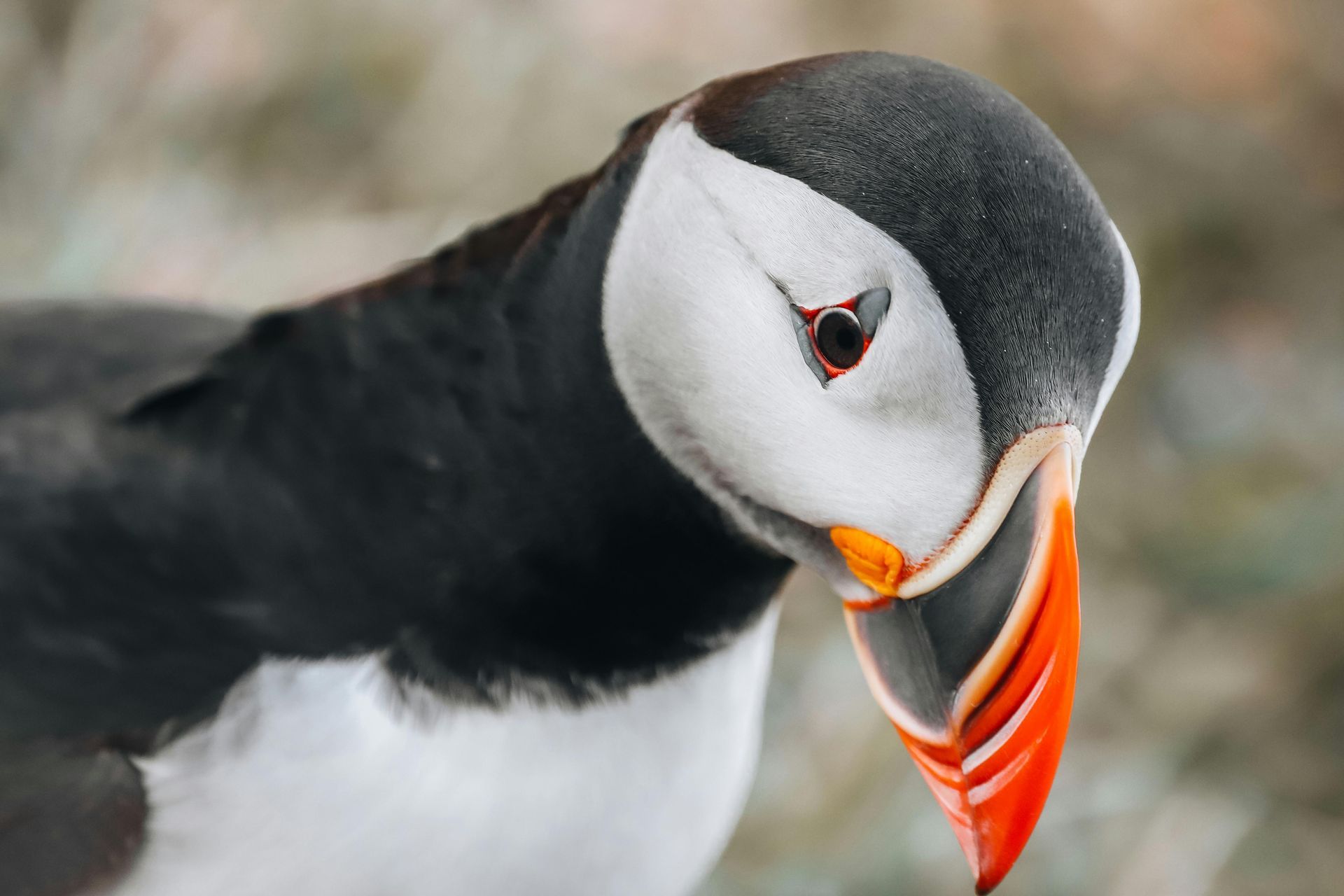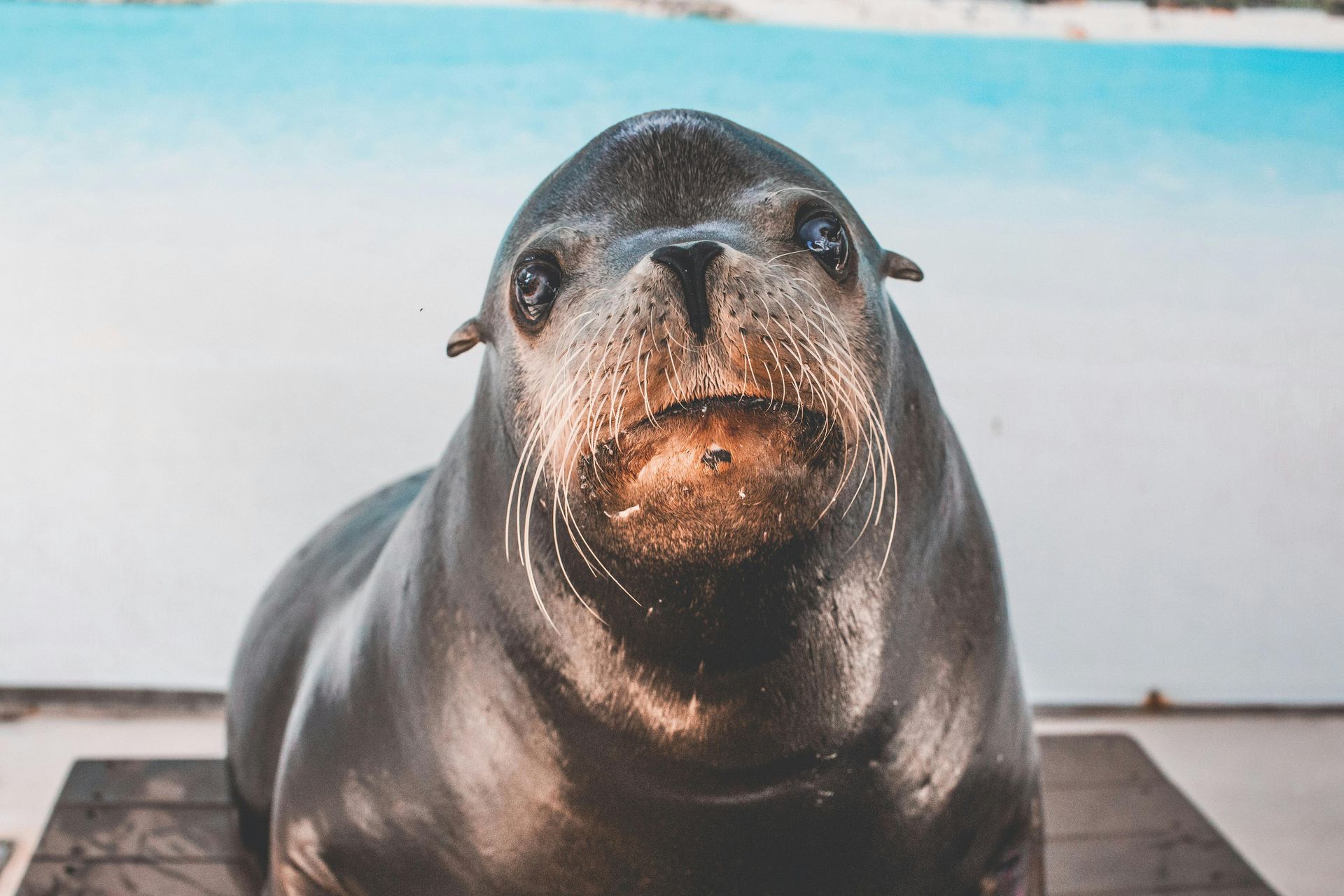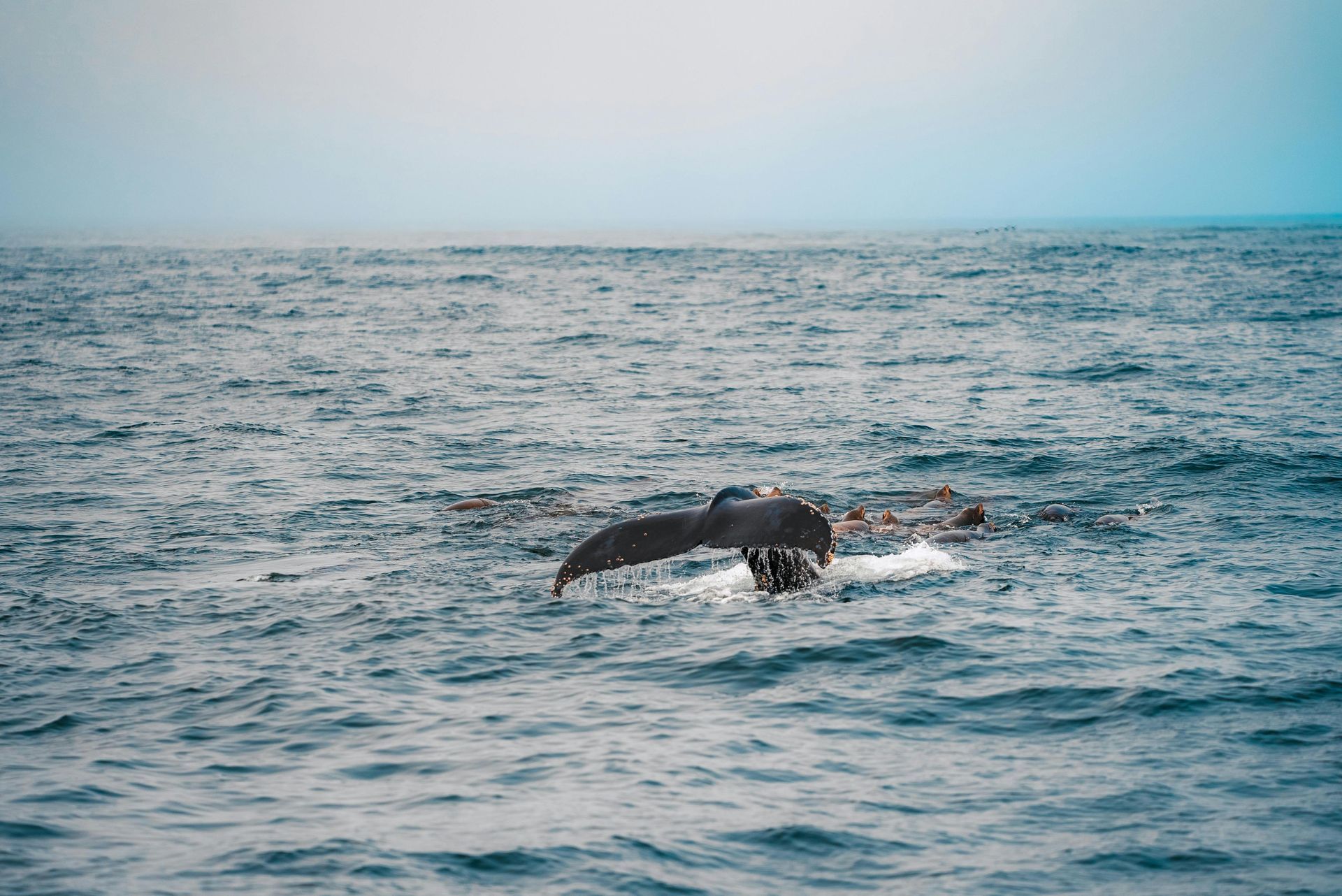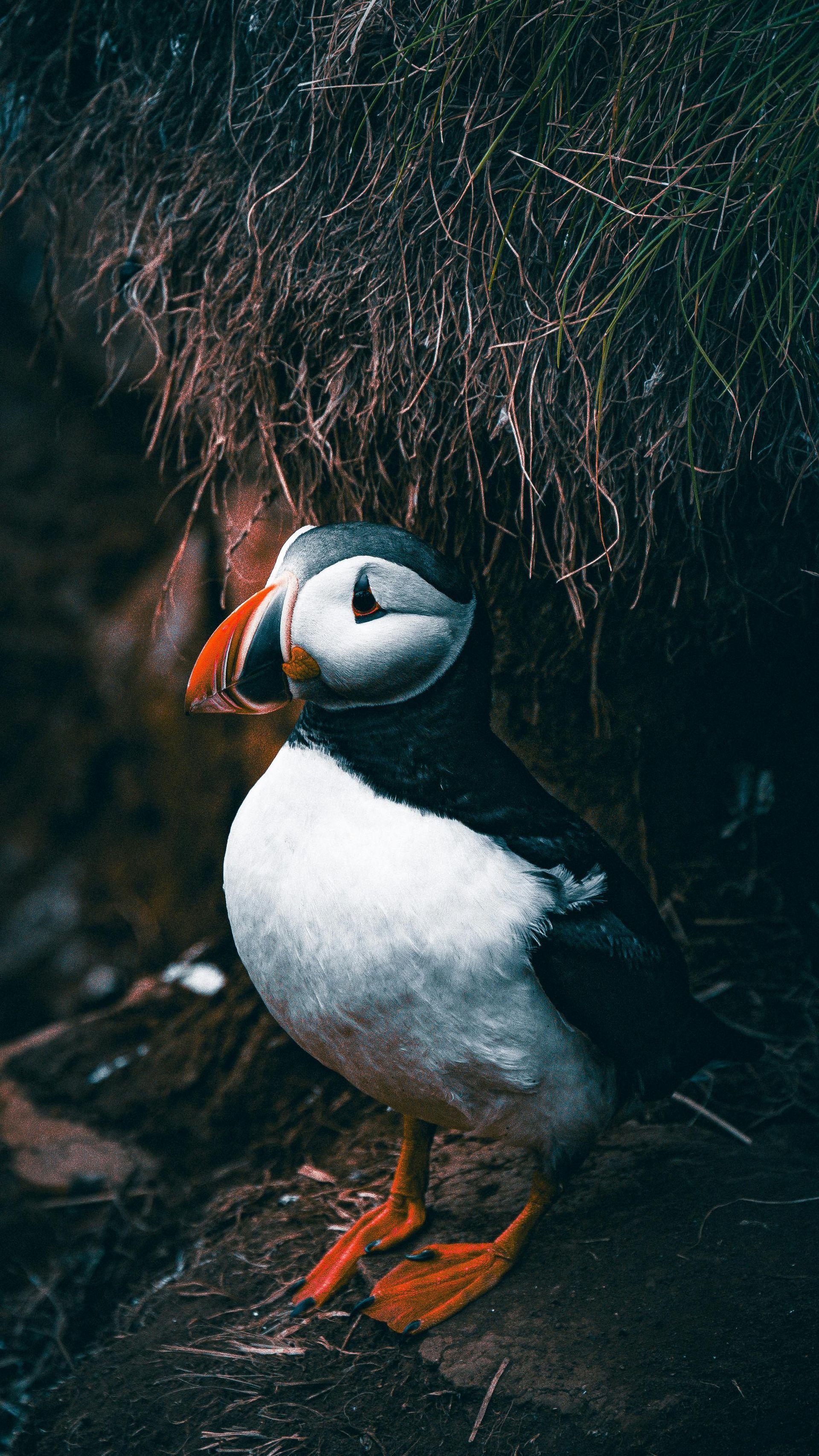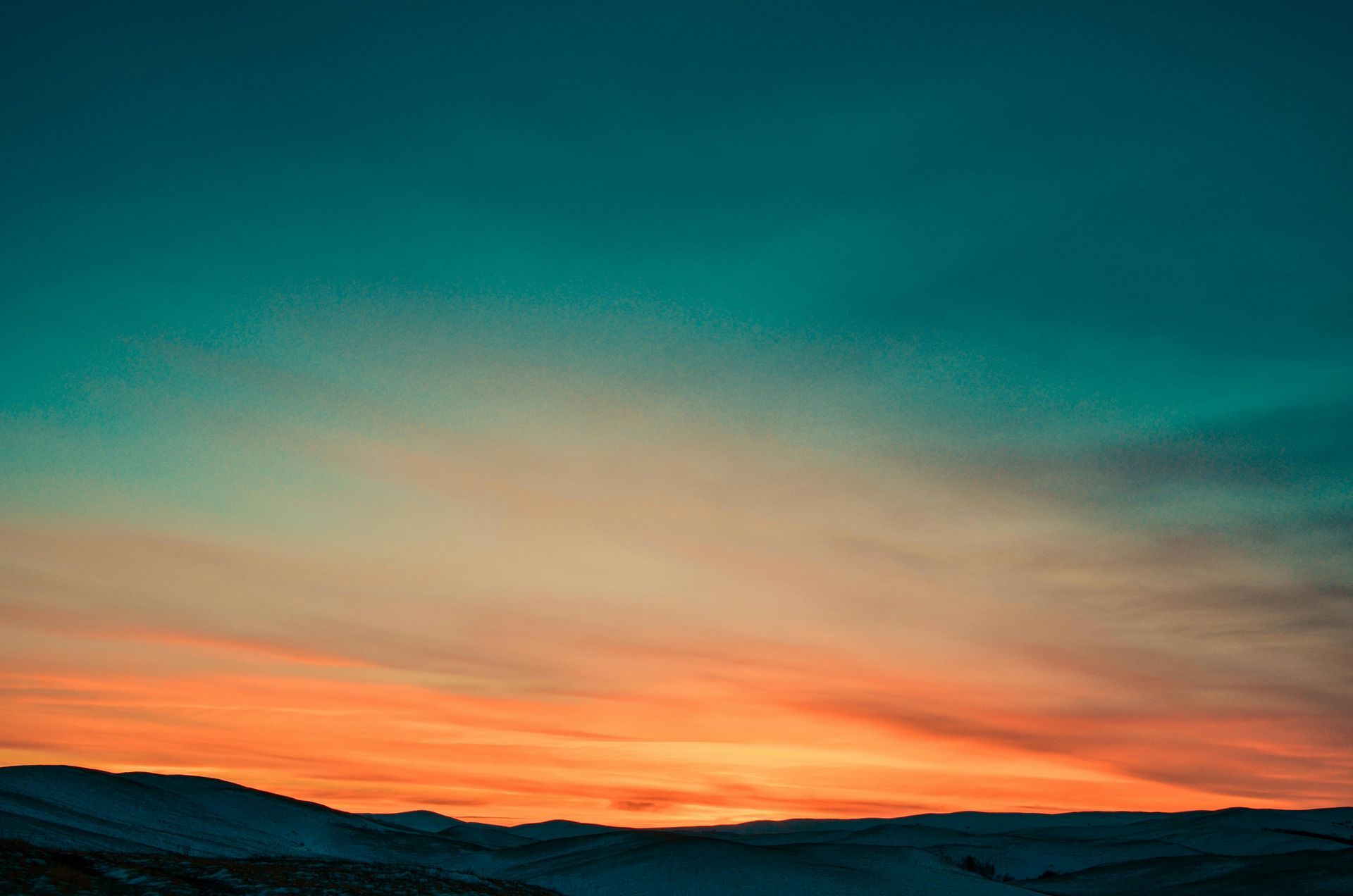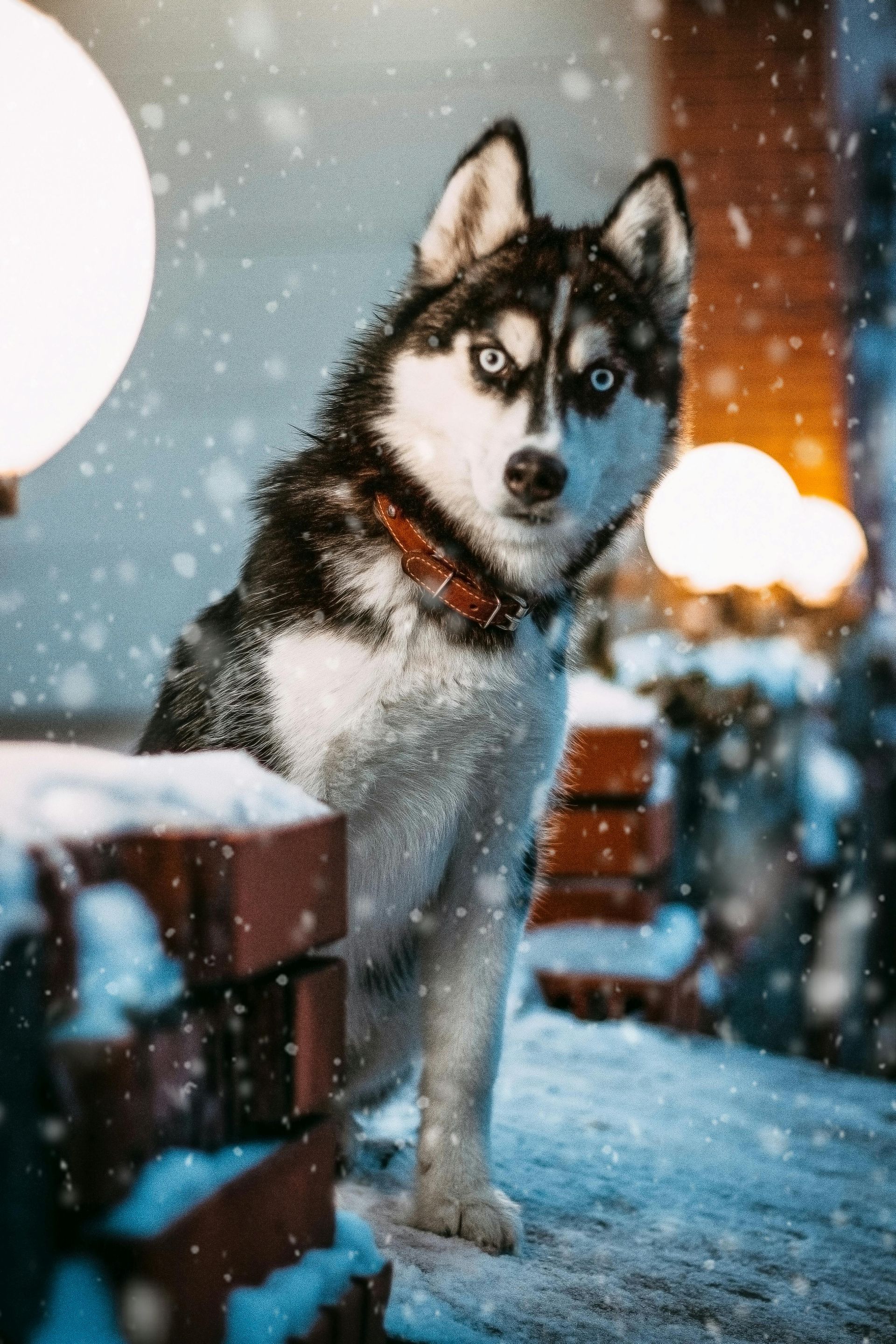Common Eider Ducks: Arctic’s Feathered Architects of Insulation
Common Eider Ducks: Arctic’s Feathered Architects of Insulation

Along the rugged coastlines and frigid inlets of Svalbard, a cluster of soft, low calls and the faint rustle of feathers signal the presence of one of the Arctic’s most iconic seabirds—the Common Eider. With their chunky bodies, sloping beaks, and quietly regal demeanor, these ducks are more than just another bird species—they are a living emblem of survival and adaptation in the far north.
Eiders are best known for one remarkable trait: their down. This ultra-fine, insulating plumage is plucked by the female from her own breast to line her nest, creating what many regard as the warmest natural material on Earth. It’s this very down, gathered sustainably and sparingly by local communities (outside of Svalbard), that has long been prized in high-end duvets and Arctic clothing. But in the wild, that insulation is a matter of life and death. On Svalbard, where spring snow still coats the tundra well into May, the eider’s nest must be a fortress against the cold—and her down is the foundation.
During the breeding season, female eiders form tight nesting colonies, often on small offshore islets that provide some shelter from Arctic foxes and gulls. Males, in contrast, remain nearby in sleek, contrasting plumage—black and white with a hint of soft green around the neck—but they don’t help raise the young. The females sit for nearly a month without feeding, relying on their fat reserves and conserving heat for the eggs beneath their chests. This period of incubation is a test of endurance and devotion, made all the more challenging by the unpredictable Arctic weather.
Common eiders are powerful swimmers and expert divers, often plunging up to 20 meters beneath the surface in search of mollusks, crustaceans, and sea urchins. In the icy fjords of Svalbard, you might see groups of them bobbing along the shoreline or taking flight with an explosive beat of wings, just skimming the surface as they head to another feeding ground. Their flight is heavy and purposeful, but on water, they glide with surprising elegance.
Beyond their beauty and biological marvel, eiders play a subtle but essential role in Svalbard’s ecosystems. As predators of benthic invertebrates, they help regulate the balance of marine life near the shore. Their nesting colonies, meanwhile, attract other species and even influence the local vegetation through nutrient-rich droppings. In this way, the presence of eiders shapes the land and sea in quiet, accumulative ways.
Observing Common Eider ducks in Svalbard is a gentle kind of wildlife encounter—no dramatic chases or towering beasts, just the quiet dignity of birds going about their ancient, purposeful lives. They’re easiest to spot in the summer months when nesting is in full swing. Adventurous travelers may find them near the coasts of western Spitsbergen, especially around nesting islands in Isfjorden and Kongsfjorden, where boat tours often pass by without disturbing the colonies.
Climate change, however, brings new uncertainty for these hardy birds. Changes in sea ice conditions can affect their feeding grounds, while warming temperatures may shift predator patterns and nesting success. Arctic foxes, in particular, have been observed swimming out to eider colonies more frequently, taking advantage of the thawing sea ice to reach previously protected areas. Scientists are keeping a close eye on these interactions to better understand how Arctic birds are adapting—or struggling to adapt—to the new climate reality.
Still, the Common Eider persists, a feathered architect who builds warmth in a land defined by cold. For travelers interested in Arctic wildlife, the eider offers a story of resilience, motherhood, and evolutionary ingenuity. Their down-lined nests are not just shelters—they’re a statement of survival in one of the planet’s most extreme environments.
As you scan the shorelines of Svalbard, keep an eye out for these birds. The males, with their striking black and white contrast, and the mottled brown females may not announce themselves like polar bears or whales. But in the hush of the Arctic wind, their soft clucks and quiet presence tell a story just as ancient, and just as powerful.



